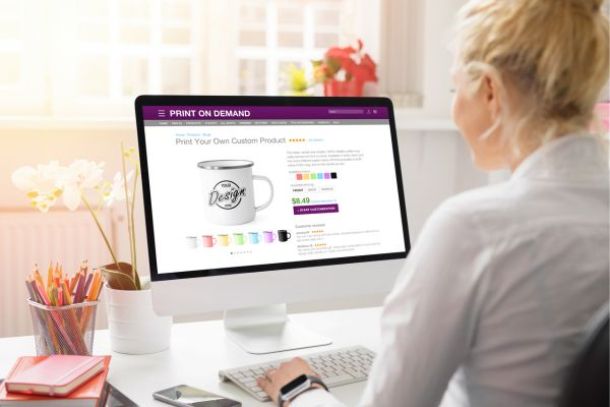Design for Beginners: The Path to a Professional Career
Design for Beginners: The Path to a Professional Career
Starting a design career can feel overwhelming, but with the right approach, you can progress from beginner to professional with confidence. This article explores the steps and strategies beginners should follow to build a successful career in design.
Setting Goals and Choosing a Design Path
1. Identify Your Interests
Design encompasses multiple fields—graphic design, web design, product design, and more. Spend time exploring each area to discover what aligns with your strengths and passions.
2. Set Short- and Long-Term Goals
Having clear goals can help guide your learning process. For example, a short-term goal might be to master a specific software, while a long-term goal could be to land your first design job.
Building Fundamental Skills
1. Learn Design Principles
Understanding principles like balance, contrast, and hierarchy is essential. These basics provide a strong foundation for creating effective designs.
2. Develop Technical Skills
Proficiency in design software like Adobe Photoshop, Illustrator, and Figma is crucial. Start with beginner tutorials and practice consistently to become comfortable with each tool.
Creating a Portfolio
A portfolio showcases your skills and creativity. Even as a beginner, you can include personal projects, such as logo designs, mock websites, or poster creations, to demonstrate your potential.
Tips for a Great Portfolio
- Show Diversity: Include a range of projects to highlight various skills.
- Highlight Your Creative Process: Briefly explain your design choices for each project.
- Focus on Quality Over Quantity: Showcase only your best work to make a strong impression.
Finding Your First Design Job
Starting out, look for internships, freelance work, or junior roles. Networking in design communities and attending events can also open up job opportunities and help you learn from other professionals.
Final Tips for Aspiring Designers
Starting a career in design requires dedication, practice, and patience. Stay curious, keep learning, and don’t be afraid to take creative risks. With a strong foundation and a well-crafted portfolio, you’ll be ready to turn your passion for design into a rewarding profession.


